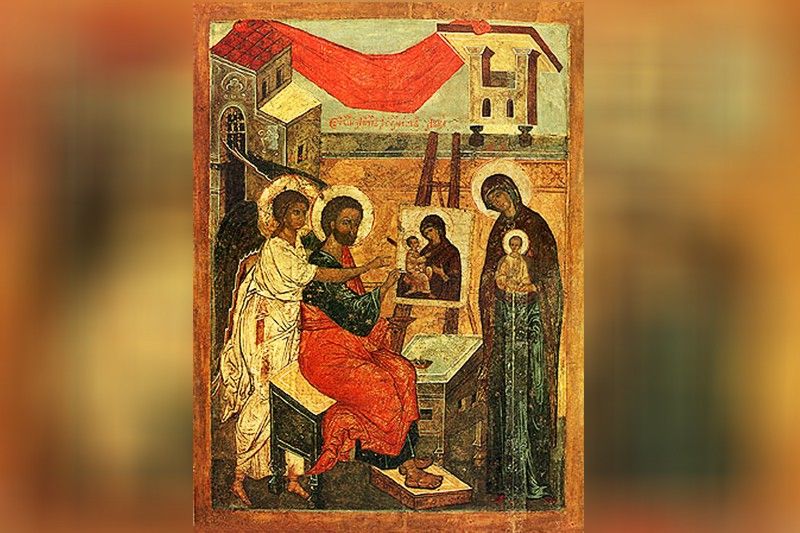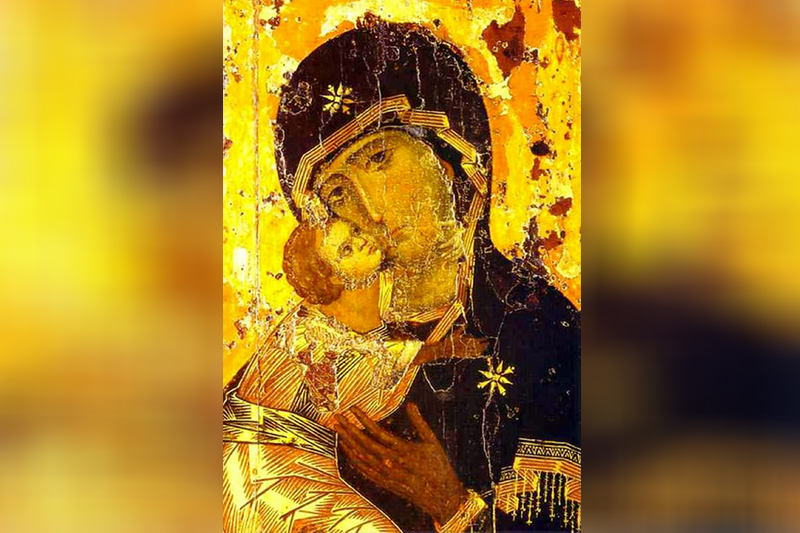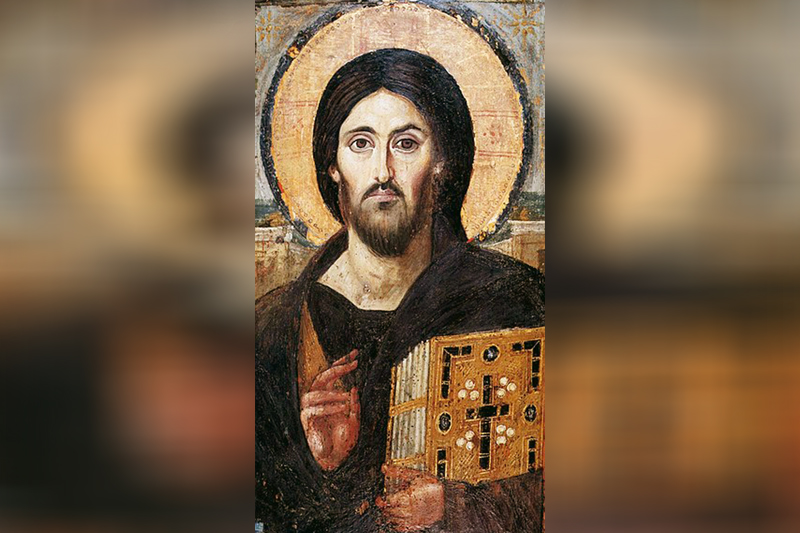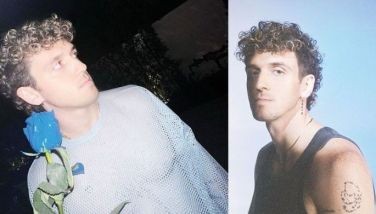Religious Icon: A prayer or an artwork?

MANILA, Philippines — We had just finished the most interesting tour of Russian places of worship not only due to its uncommon attractions, but more so because of the lady guide who was passionate in her vocation with a genuine love for icons.
“Icon is the Greek word eikona, which simply means image. They are basically paintings that tell stories from the Scriptures. At times, it depicts images of the Savior, Mary, His Mother or Saint John the Baptist.” she began, over an early dinner for two.
She stated that icon-making is a sacred task that required its own language, an understanding of colors and patterns, intended to invite the spectator to communicate with who is depicted.
“We do not write the icon the icon writes us,” she declared. “Every line and color have meanings. Because of this, they are said to be written rather than painted.”
I learned that iconographers are expected to fast, meditate and live a holy life to be able to do justice to the image they create. Their obras, in turn, are treated as fruits of the Holy Spirit transmitting spiritual insight.
She then delved into its history.

Eastern Orthodoxy believed that the first representations of Christ and the Mother of God were painted by St. Luke, the Evangelist. They date back to the period immediately after the lifetime of the Savior Himself.
It experienced its golden age after it moved to Russia in the 15th century.
The enigmatic lady continued that there are two distinct schools of iconography: the Greek and the Russian. The former was the original model of all Christian art they were mostly massive, possessed clean cut lines and bright colors. The latter showcased subdued hues, elongated figures and heightened the sense of rhythm.
“Icons are mostly flat for it makes visible the border between heaven and earth a sort of window into what’s above,” she revealed. “There is no depth to the picture, and that is just what disturbs us about it at first glance. The image may seem strange.”

“A closer study reveals, however, that the portrait is often exceedingly complex. The flatness, for example, is sometimes achieved by drawing perspective in reverse. The artist expects us not to look at it, but through it.”
The formation requires utmost patience absolutely done in silence putting oneself in the presence of God.
The completion time wildly varies, from a couple of weeks to years.
Finished pieces are often housed in between the nave and sanctuary by an iconostasis, a wall of portraits and religious paintings.
Although the tedious process of icon making is absolutely meticulous most, if not all makers have not developed the reputation of individual artists. They believe that since they follow traditional standards, their obras are essentially copies.
“The painter is merely a tool for replication and does not seek individual glory,” she ended.
The gracious lady guide just like the icon makers before her chose to remain nameless as we bade farewell. Blissfully, she walked off into the dark Russian night, leaving me wondering if she was an angel.
- Latest
- Trending































